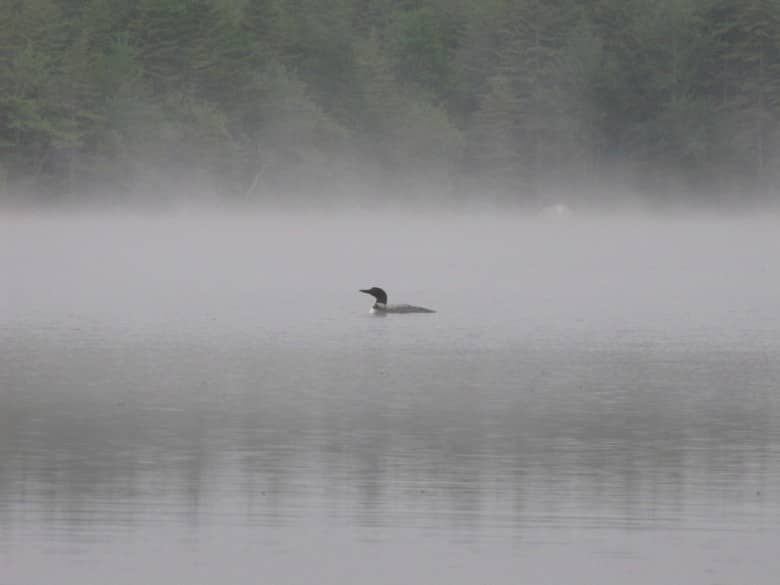Air pollution contributing to high mercury, metal levels in Kejimkujik lakes
New study of lake sediment samples dating back over 200 years shows rise in mercury, some metals

Despite local and international efforts to reduce mercury emissions, mercury levels in some lakes at Kejimkujik National Park have continued to rise, a new study has found.
Scientists with Environment and Climate Change Canada say air pollution is contributing to mercury and metal levels in the lakes, which were already contaminated by historic gold mining operations in the area.
The researchers studied the sediment in the deepest part of four lakes and analyzed mercury and other metal levels dating back to pre-industrial times.
They found that mercury levels have steadily risen over the past 200 years, at least until 2010, when the samples were taken.
Fourteen of the 47 metals that were examined had levels up to four times higher than pre-industrial times, including lead, tin, silver, copperand zinc.
The study, published last week in the journal Science of the Total Environment, suggests air pollution sources across Canada, the U.S. and around the world are a factor.
"For instance, Asia, with its growing economy, there would definitely be contaminants travelling over very large distances and being deposited in remote regions such as Kejimkujik," said Sarah Roberts, the study's lead author and a research scientist with Environment Canada's aquatic contaminants research division.

The researchers used sediment core samplesfromBig Dam,Hilchemakaar,Cobrielle andPeskowesklakes. The team hopes to visit the lakes sometime in the next decade to take more samples and study the mercury levels again.
The findings come despite international efforts to reduce mercury emissions, including the Minamata Convention on Mercury, which wassigned by more than 100 countries in 2013 and came into effect in 2017.
Globally, activities such as burning fossil fuels, gold miningand metal and cement production account for the bulk of human-caused atmospheric mercury emissions.
Once mercury is released into the air, it can circulatein the atmosphere for a year. When it is eventuallydeposited on land or water, it can be transformed by bacteria into methylmercury, which is toxic to humans and wildlife and bioaccumulates in the food chain.

In 1995, common loons at Kejimkujikwere found to have some of the highest methylmercury levels in North America. A followup study in 2007 found that mercury in yellow perch, the preferred prey of loons, had continued to rise.
Roberts saidthe study published last week will serve as a baseline for future work.
"Itprovides a benchmark for looking at trends in mercury and metal pollution over time in a remote region such as Kejimkujik, where there's not a large amount of historic monitoring data," she said.
It will also help evaluate national and international metal emission reduction efforts and ecosystem recovery, Roberts said.












_(720p).jpg)


 OFFICIAL HD MUSIC VIDEO.jpg)
.jpg)



























































































